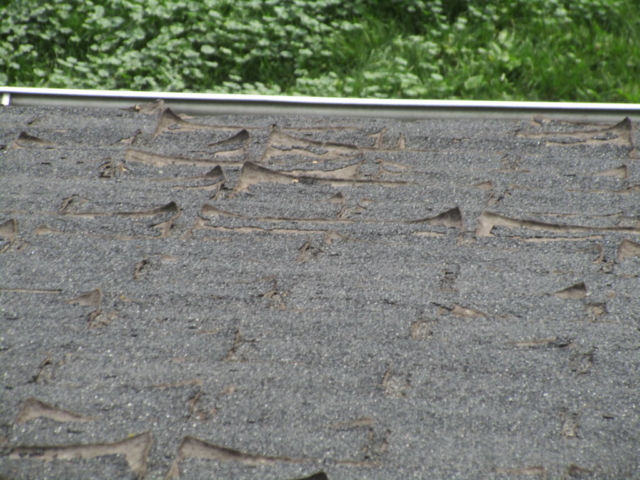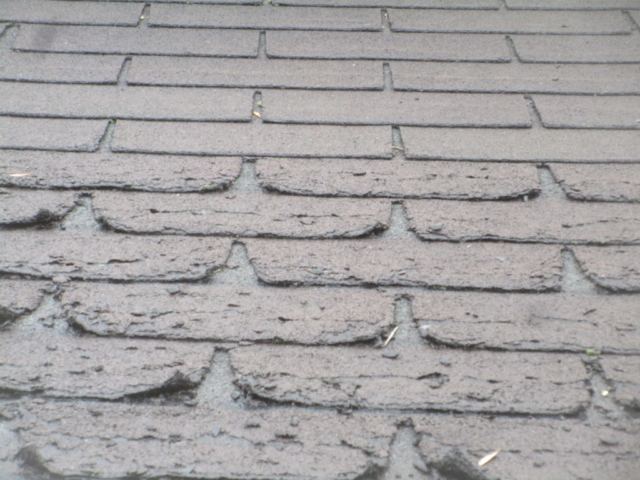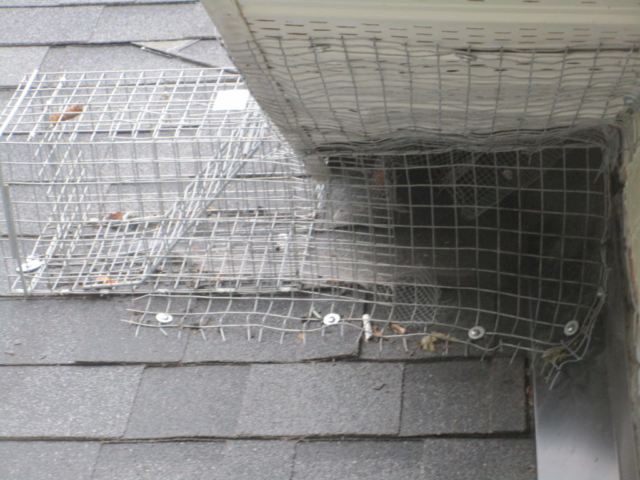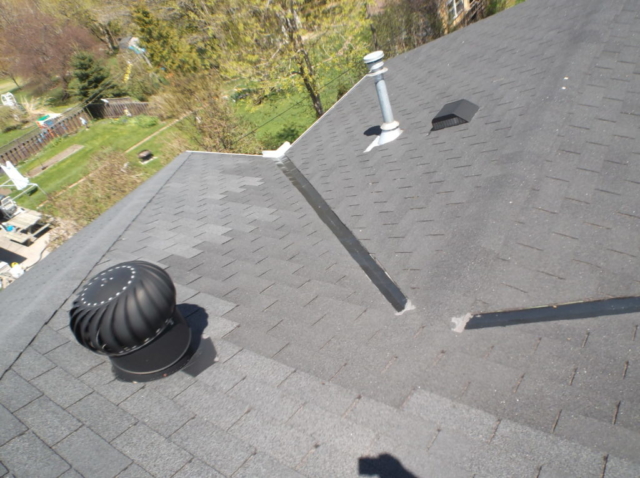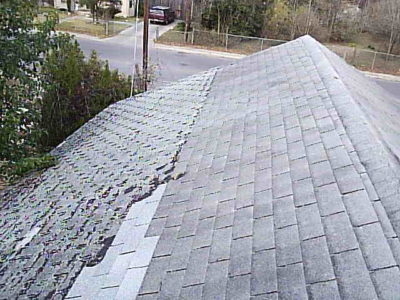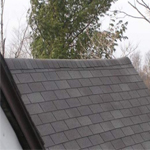Asphalt Shingle Information
Asphalt shingles have been largely replaced by Fiberglass Shingles which are the most common shingle material now used. The shingles consist of fiberglass base coated and covered with granular material. In 1960 fiberglass mat bases were introduced with limited success, the lighter more flexible shingles proved to be more susceptible to wind damage particularly at freezing temperatures. Also in the 1960’s research into hail damage which was found to occur when hail reach a size larger than 1.5 inches..
Asphalt shingles were historically classified by weight. The most common type of shingles used today weigh two hundred and ten pounds per square. They have an average life expectancy of twelve to fifteen years. Heavier asphalt
Today, asphalt shingles are classified by the warranty offered by the manufacturer. They would now be known as 10 year, 15 year, 20 year, 25 year, 30 year or 35 year shingles. The reason for this change was the use of lighter fiber glass matting. Modern shingles are also available in various textures and edge patterns. In my personal experience shingles never last as long as the manufacture claims. Seniors have often told me that their roof is guaranteed for 35 or 40 years, not that they would be around to make a claim.
Since the mid 1960’s, most asphalt shingles have been of the self sealing type. A strip of tar is put on the surface of the shingles by the manufacturer. This strip is covered by the shingle installed immediately above. When the sun warms the roof surface, the two shingles stick together. This helps prevent the shingles from being blown off in a wind storm. (Shingles installed in the late fall and winter often do not seal themselves until the next spring.) On older, non-sealing asphalt shingles, a wind storm is can be the end of the shingles usefulness. The shingles, brittle with age, simply tear off and blow away.
Conventional asphalt shingles can be used on a slope as low as four in twelve, using normal techniques. Some roofers use these shingles down to a pitch of two in twelve if the roof is first covered with non-perforated, saturated felt papers. The felt papers must be overlapped by fifty percent and the section at the eaves (from the bottom edge up to twenty-four inches beyond the interior of the exterior wall) must be cemented in place to provide extra protection. Unfortunately, it is impossible to determine, during a visual examination, whether this procedure was undertaken. Most roofers prefer to use rolled asphalt roofing in this type of situation.
There are also special low slope shingles which are designed for pitches down to two in twelve. With these shingles, only one third of the shingle is exposed to the weather (as opposed to half of the shingle on a conventional installation) and the shingles are individually cemented in place.
Regardless of the type of asphalt shingle used, there are two general rules if thumb you should be aware of. 1) Sunlight is number one cause of failure of asphalt roofs and consequently in most areas the south and west exposures wear out the fastest. 2) The steeper the pitch of the roof, the longer the shingles will last.
As asphalt shingles wear, they lose their granular covering. The granular material protects the shingles from ultra-violet light. As it is worn off, the shingles dry out and become brittle. They crack, buckle, and curl. Areas where the granular material has eroded the fastest, wear out first. These may be areas where there is heavy foot traffic, abrasion from tree branches, or erosion from downspouts discharging onto the roof surface.
Occasionally, shingles will wear out prematurely due to a manufacturer’s defect. Blisters, approximately the size of a dime, form underneath the granular surface and cause raised sections in the shingles. While these are not aesthetically pleasing, they do not affect performance until the granular material wears off in these areas. IKO had manufactured an organic shingle which created a Class Action lawsuit due to early shingle failure.
The Barrie Home Inspector also provides Roof inspections for Commercial Buildings
Articles You May Enjoy
Home Inspectors Barrie Ontario
Midland Home Inspector
Home Inspector Midland
Home Buyers Guide
Orillia
WETT Inspection Information
Innisfil WETT Inspections
Flue Pipe Installation
WETT Certified Inspection – Floor Protection
WETT Certified Inspection – Flue Pipes
What Type of Home Inspection Do I Need
Inspection Areas
Alliston
Angus
Barrie
Innisfil
Orillia
Midland
Penetanguishene
Newmarket
Wasaga Beach
Certifications









